Like it or not, the Smash Bros series wouldn’t be what it is without its most maligned entry
In defense of everyone's least favourite Super Smash Bros. game.
Super Smash Bros. Ultimate is painted with much acclaim from critics and fans alike, but one game before it often gets maligned by fans: Super Smash Bros. Brawl. Tripped up by its controversial own tripping feature and bad online implementation at the time of its release, Brawl deserves more praise: it laid the foundations for Ultimate to succeed. 15 years after its release, I am here to tell you why this maligned entry in one of the most sucessful gaming series of all time deserves more respect.
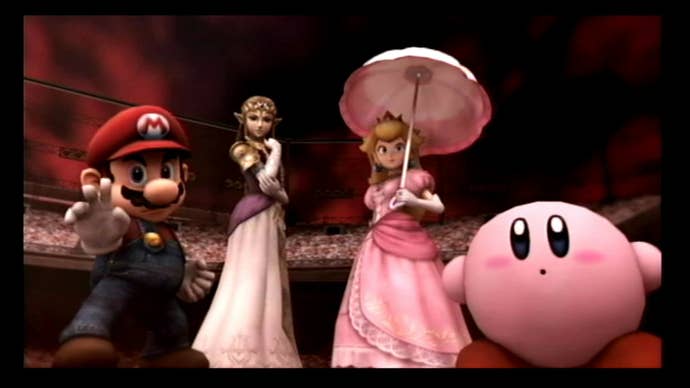
The Super Smash Bros. series is known for its epic character crossovers. And the eclectic cast just wouldn't have worked without The Subspace Emissary tying them all together. A follow-up to Melee's Adventure Mode, The Subspace Emissary is packed with high-quality cutscenes weaving together an entertaining story. It's not easy to bring characters like Snake and Mario into one cohesive world, yet Brawl does it masterfully with this mode.
You're always invested in what’s going to happen next, and the story it tells is the ultimate love letter to video game history. The Subspace Emissary also introduced lite-RPG elements with stickers you can equip to each character, adding stat boosts. This paved the foundations for the Spirits system in Ultimate; you can't run before you can walk, after all.
Super Smash Bros. Ultimate somewhat brought back the idea of a narrative-focused single-player mode – as well as those nice lite-RPG elements – but it severely lacked the storytelling from Brawl. Ultimate lacked the fun mixture of a beat-em-up and platformer rolled together into one game. Brawl took advantage of locations from Nintendo history to present elaborate bosses like Pokémon’s Rayquaza and Super Mario Bros’ Piranha Pete, climactic encounters sorely missing from its sequel.
You may have forgotten, some of the series’ most beloved items began in Super Smash Bros. Brawl, too. Without the game, we wouldn't have Final Smash, or Assist Trophies. While these are scoffed at by the competitive community, these two items elevated the casual gameplay of Brawl and helped make it the party hit that many fondly remember. The struggle of breaking the Final Smash during a match between four players is always a rush – an injection of chaos into even the most predictable match-up.
Once you finally gain the power within the orb, your character will unleash a strong, satisfying attack that can leave the field wide open. For example, Mario releases an intense fireball that covers the entire map, pushing off his opponents in a heartbeat. As comeback mechanics go, it's pretty hype.
Assist Trophies are also a pillar of the Super Smash Bros. series. Similar to Pokéballs, they’ll summon a character to the game – and the potential ally you receive is always a lottery. It could be a hero or villains from lesser-known Nintendo series, like Golden Sun’s Isaac and Saki Amamiya from Sin and Punishment. It also lets other beloved characters – like Waluigi or Krystal – get their time in the sun, too.
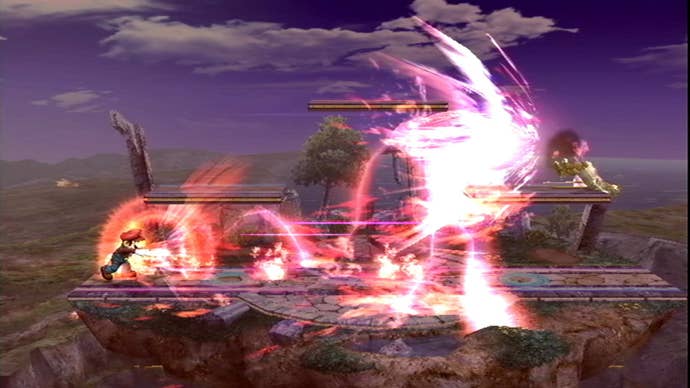
Brawl may be basic in comparison to the latest entry, but there are still some elements the Wii game had that its Wii U and Switch stablemate doesn't. You are able to create your own stages in Brawl, for example. Players created stages based on their favourite game series or made levels based on gimmicks like having two platforms between a large gap of spikes.
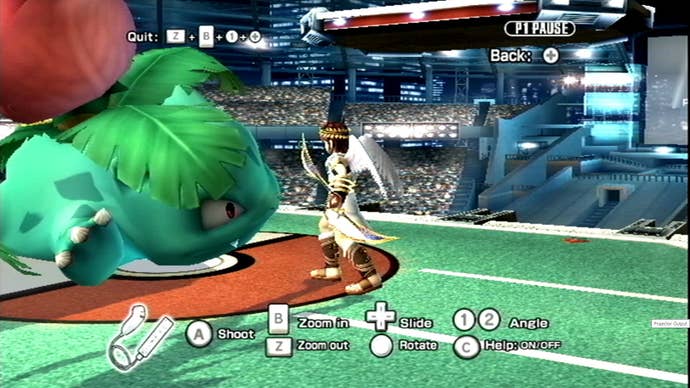
For the first time, you were also able to take snapshots of the chaos on-screen, and this was way before Photo Modes proliferated in the PS4/Xbox One generation. You can pause the game at any point, adjust the angle and zoom, and then snap a screenshot. It then could be stored on an SD card. This was a brand-new feature at the time and was a beloved feature by many on forum boards and early social media. There's certainly an argument to be made that this popularised the ability to take in-game screenshots, perhaps priming the ground for later console generations to really take note of the function.
Elsewhere in the development pipeline, music became more of a factor in the series with Brawl. Rather than just the one song, you had many to choose from in the Wii title, and you can even change the probability of the songs that play on each stage in the settings. Before Ultimate provided a frankly ludicrous 1,000 tracks, Brawl was the best we had – and it did it well.
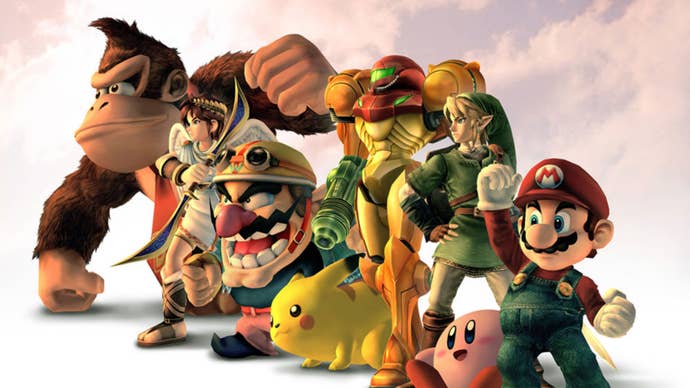
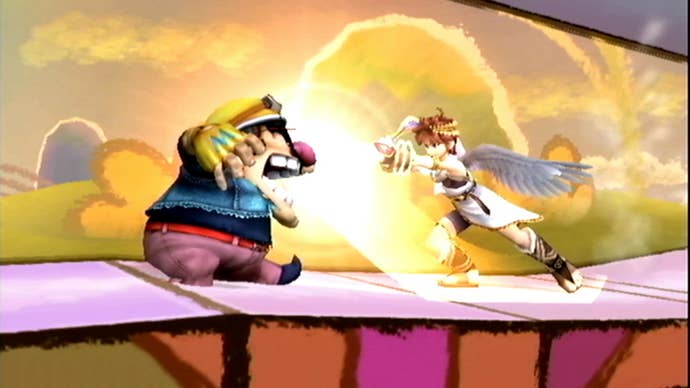
Super Smash Bros. Brawl opened our eyes to more obscure characters from Nintendo history that are still cherished fighters in the series today. Pit is probably the grandest highlight. His aerial moveset and updated character design were so well-received that he even got a new 3DS game, Kid Icarus: Uprising, after the launch of Brawl. Coincidence? Perhaps not.
Wario, a fantastic joke character, gets to continue his career as a professional fart-obsessed troll in the game. The Pokémon Trainer gave us the unique ability to switch characters on-the-fly, rotating between Squirtle, Ivysaur, and Charizard, which all had different strategic options for players (and made you feel like Champion Red himself, if you knew your combos and timings well enough).
But, perhaps most importantly, we have Brawl to thank for the third-party characters. Sonic and Snake all debuted here – breaking the mold and proving Nintendo could make this unlikely fighting game work outside the confines of its own walled garden. When Snake from Metal Gear Solid popped out of his box at E3 2006, the crowd was bewildered. And that reveal excitement is what went on to define Smash.

Super Smash Bros. Brawl raised the bar for its stages, too. They took you through the stunning Delfino Plaza, swept you up and dropped in rotating locations, or had you soaring into a space battle in Lylat Cruise. Compared to its predecessors, Brawl has more elaborate stages that kept you on your toes.
Just look at the Twilight Princess stage Bridge of Eldin, where King Bulblin marches on his hog-like creature and drops a bomb. It explodes, revealing a gap. After a few moments, the bridge is reconnected, and a twilight portal appears above the stage. You never knew what was going to happen next! The stages were alive!
Super Smash Bros. Brawl deserves more respect from the community. It introduced many features that Ultimate went on to perfect, and introduced a whole new generation to some of the more weird and wonderful aspects of Nintendo history. Topped off with an incredible story mode, Brawl proved the series could be more than the cornerstones set down by Melee. Without Brawl, Smash would not be what it is today – so let's all treat it with a bit more respect.


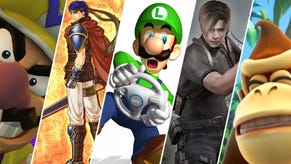
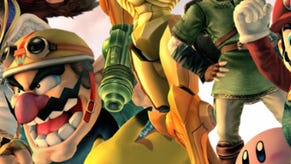
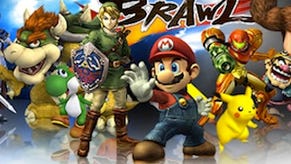
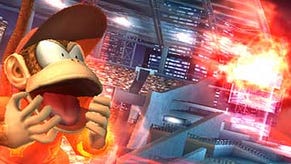
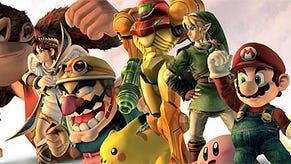
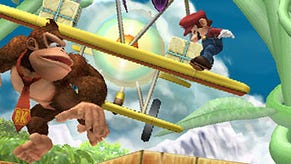




_ddwYK80.png?width=291&height=164&fit=crop&quality=80&format=jpg&auto=webp)


